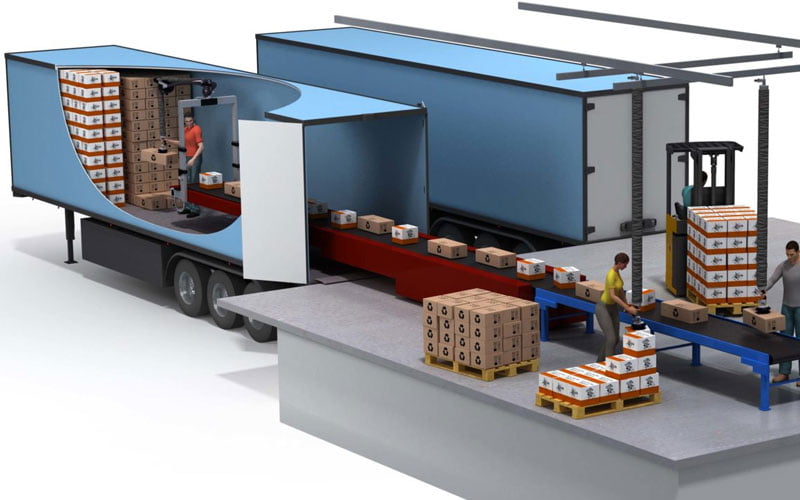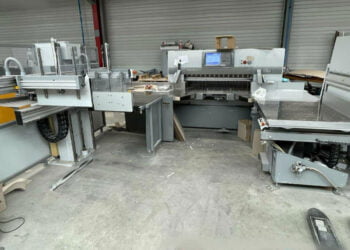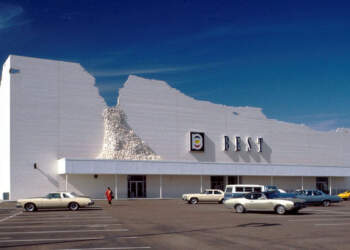You might be wondering what a vacuum loading system is. A vacuum loading system is a device that helps to move materials or products from one place to another. It can be very helpful in factories or other places where people need to move things around quickly and efficiently. There are many reasons why someone might want to learn about vacuum loading systems, and we’ll explore some of them below.
What is a vacuum loading system, and what does it do?
A vacuum loading system is designed to load bulk materials into containers such as bags, boxes, or drums. It does this by using a vacuum to create a suction force that pulls the material into the container. The vacuum can be created either by an electric pump or by a gas-powered engine.
The advantage of using a vacuum loading system is that it can handle materials that are difficult to load using other methods. For example, it can take material from a very fine powder to large pieces of rubble. In addition, it can load material quickly and efficiently without the need for manual labor.
There are some disadvantages to using a vacuum loading system, as well. One is that the system can be expensive to purchase and maintain. Another is that the vacuum can be dangerous if not used properly, as it can create a suction force strong enough to pull people or objects into the container. Finally, vacuum loading systems can be loud, so they may not be suitable for use in all environments.
How does a vacuum loading system work?
A vacuum loading system uses a pump or engine to create a vacuum. This vacuum is then used to create a suction force that pulls the material into the container. The pump or engine must be powerful enough to create a strong enough suction force to pull the material into the container.
To understand how a vacuum loading system works, it is first necessary to understand how a vacuum is created. A vacuum is an area where there is no air. This can be created by removing all of the air from an area or by using a pump or engine to create a low-pressure area.
The suction force is created when the atmospheric pressure is greater than the pressure inside the container. This difference in pressure creates a force that pulls the material into the container. The strength of the suction force depends on the difference in pressure between the atmosphere and the inside of the container.
The atmospheric pressure is usually greater than the pressure inside the container, so the suction force is typically strong enough to pull the material into the container. However, if the atmospheric pressure is lower than the pressure inside the container, the suction force will be weaker and may not be able to pull the material into the container.
How to choose the right vacuum loading system for your needs
When choosing a vacuum loading system, there are several factors to consider.
- First, you need to decide what type of material you will be loading. This will help you determine the suction force that you need.
- Second, you need to consider the size of the containers that you will be using. This will help you determine the size and power of the pump or engine that you need.
- Finally, you need to consider the environment in which the system will be used. This will help you determine if a gas-powered or electric pump is more suitable.
If you are loading materials that are difficult to handle, such as very fine powders or large pieces of rubble, you will need a system with a strong suction force. This means that you will need a powerful pump or engine.
If you are loading materials into small containers, such as bags or boxes, you will not need as much suction force. A smaller and less powerful pump or engine will be sufficient. If you are using the system in a noisy environment, such as on a construction site, you may want to consider an electric pump. These pumps are much quieter than gas-powered pumps.





